The Elderly Hospital of Curitiba, in Brazil - Hospital do Idoso Zilda Arns (HIZA) had a series of issues that were negatively affecting their patients satisfaction yet weren’t known by the hospital directors. They didn’t know where the problems were or where to begin in order to improve the service provided. To solve this situation and to support decision making, this project identified and mapped all of the service’s weaknesses, and delivered co-created solutions for each of them.
As a service designer, my role was to analyse the hospital’s flow, identify the priority section to focus on, plan and conduct research to highlight the issues within it and with the input of the stakeholders, facilitate the ideation and prototyping of solutions.
The result is focused on reducing user’s uncertainty and anxiety towards the service, by providing them with information and emotional engagement.


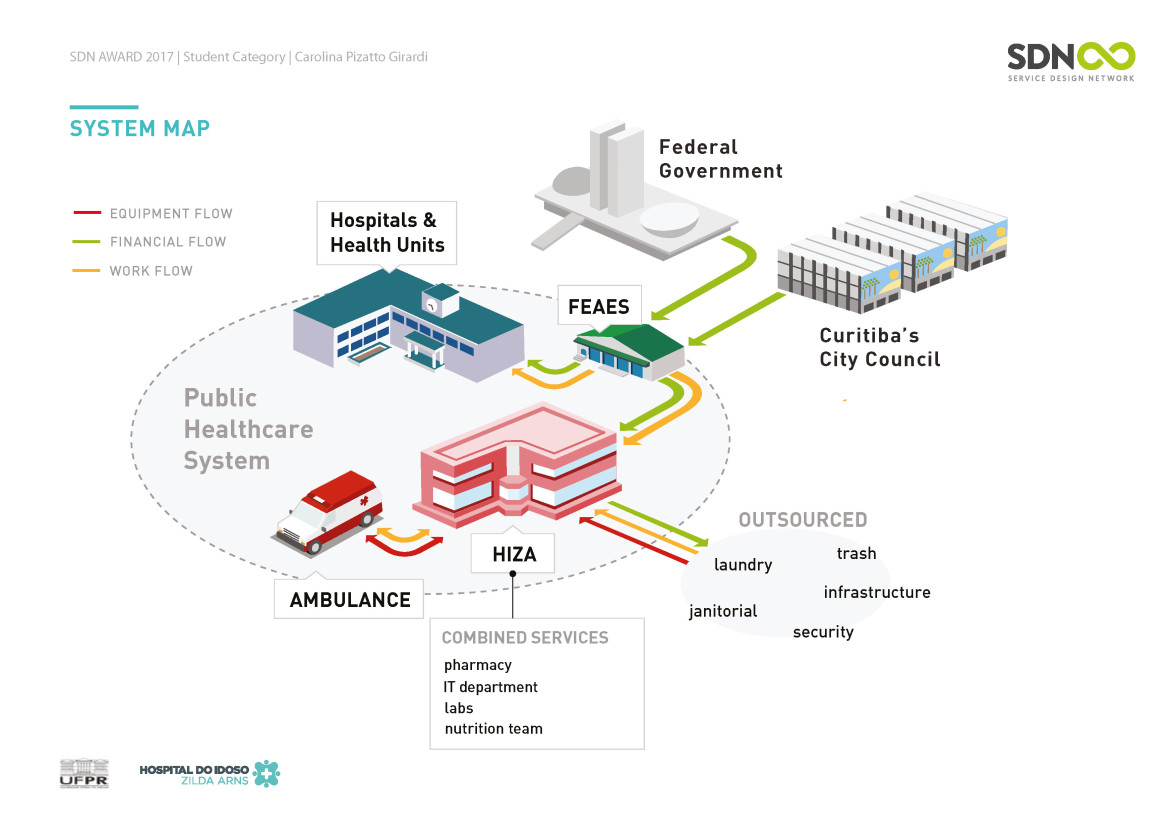
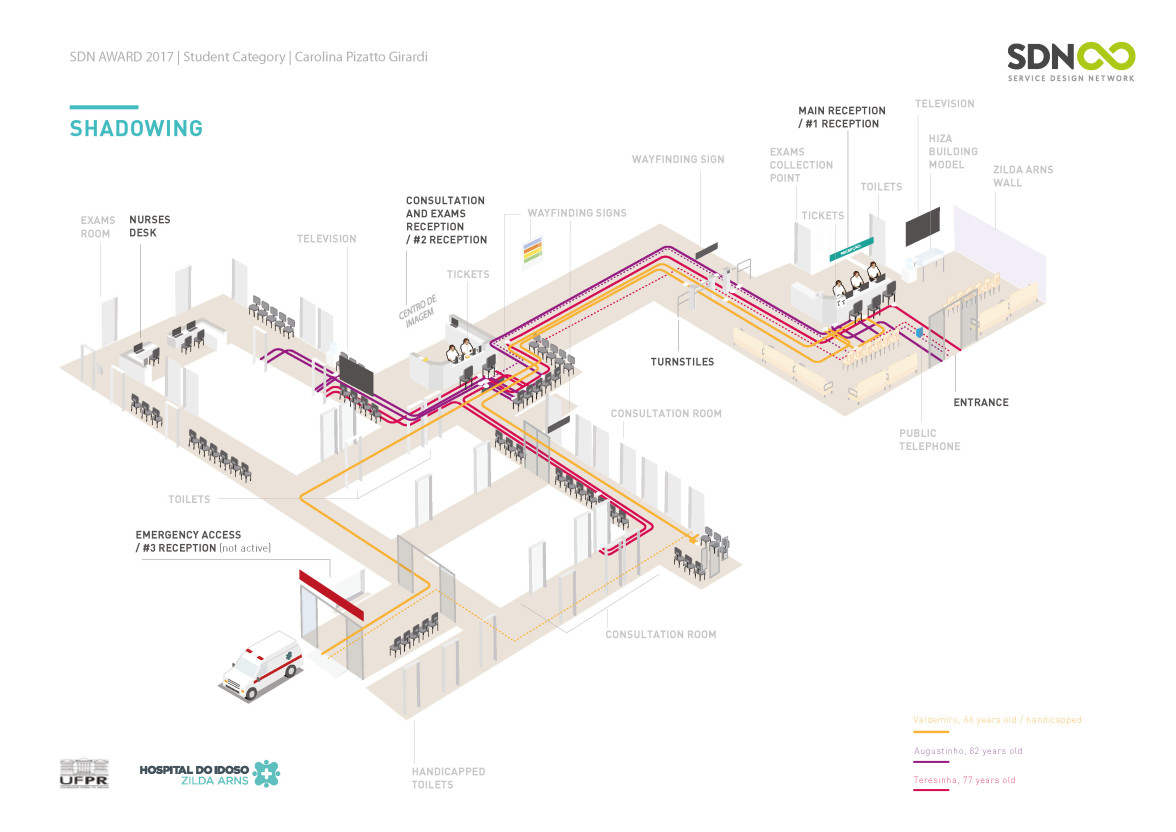
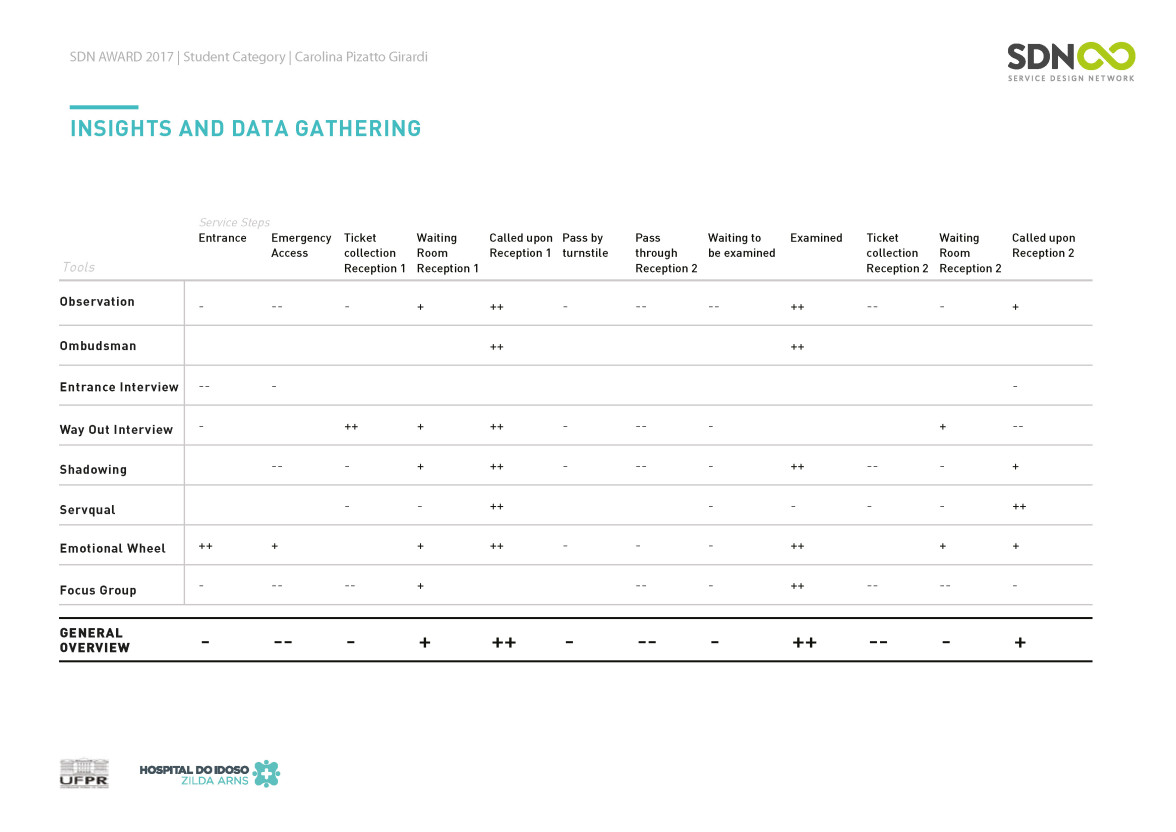
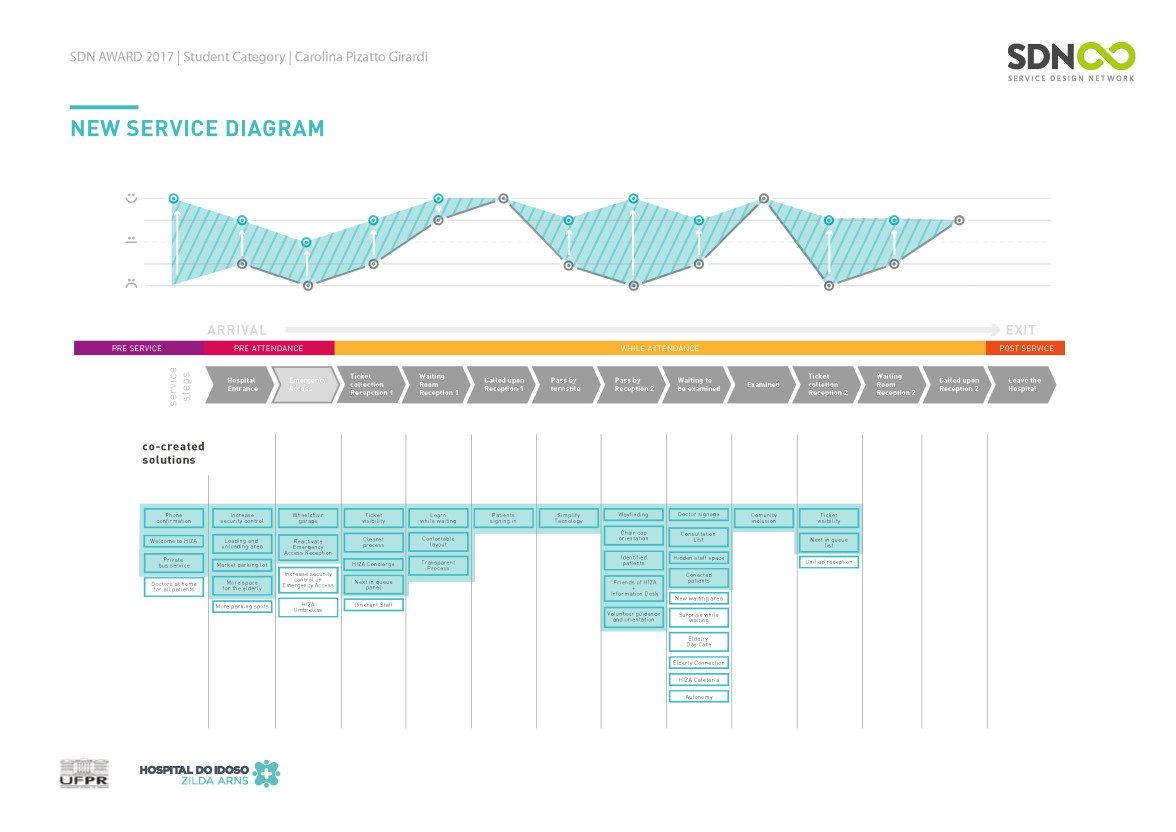
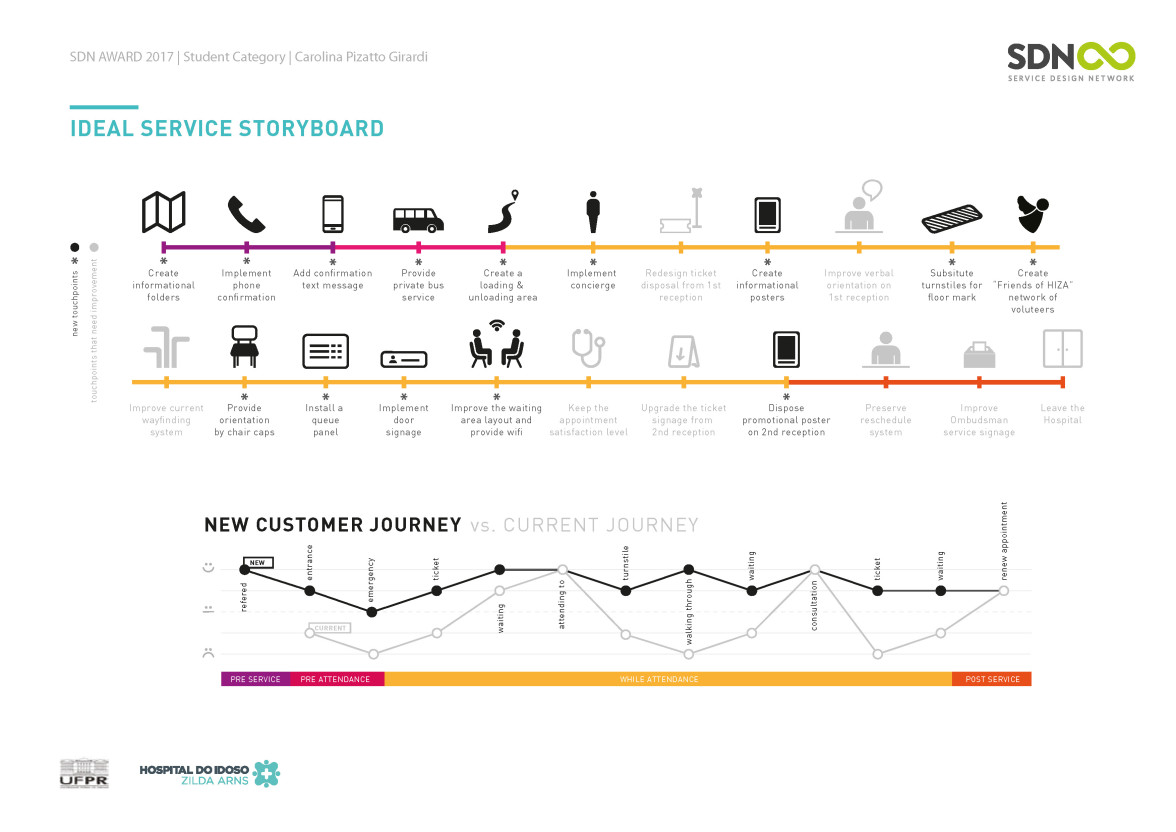
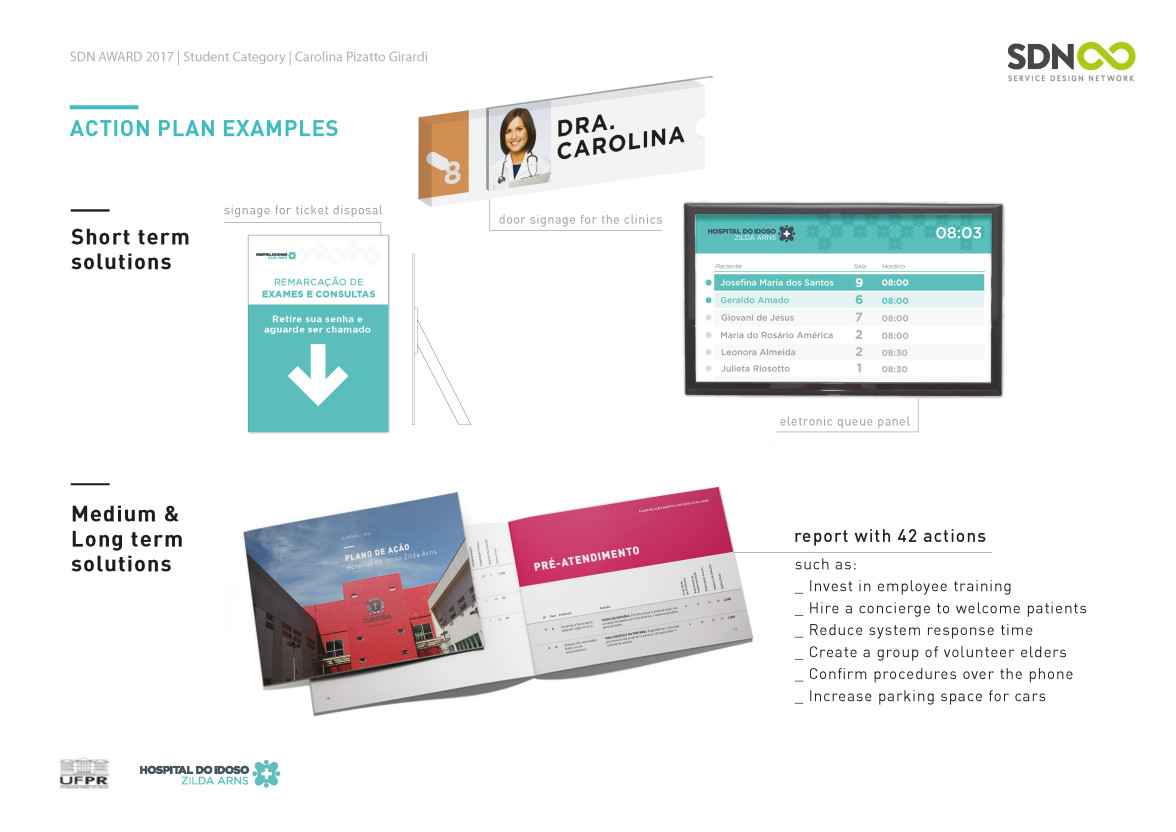

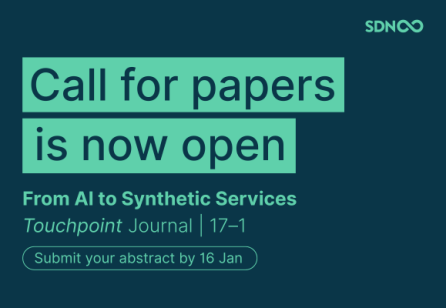



Share your thoughts
0 RepliesPlease login to comment